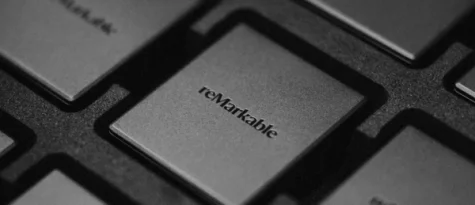
Planning our
Tech needs to change, so do we.
Creating a sustainable image is easy. It’s much harder to be transparent and put all the information on the table. While being open can invite some criticism, we think it’s important for people to be able to make informed purchase decisions.
The technology industry could be better at this, and we want to lead the way. So here’s where we’re at, and what we’ve been up to:
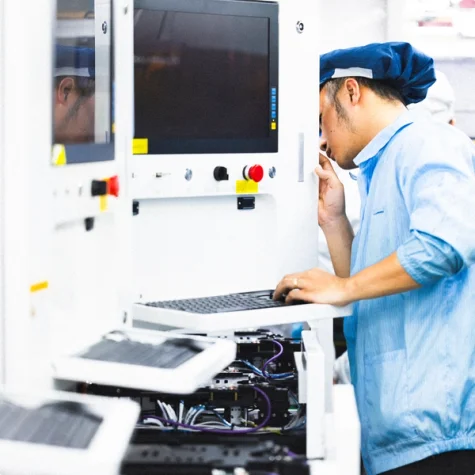
Our doors are open
Understanding the issue is the first step to improvement. That’s why we've carefully mapped our emissions for reMarkable Paper Pro, reMarkable Paper Pro Move, and reMarkable 2, so we have the best possible foundation for evaluating and reducing our impact.
Meaningful mapping
We're constantly looking at new ways to build tech for thinking, evaluating the nature of individual components so we can keep innovating while minimizing our impact on the environment.
It all starts with accurately mapping emissions so we can base product improvements on concrete information, and make changes that have real world impact.


Going full circle
We think one of the most important things to get right when it comes to sustainable products, is making sure customers are getting as much lifetime value out of each device as possible.
We've worked hard on pushing product design boundaries to give our products longer lives, through category-leading durability and repairability.
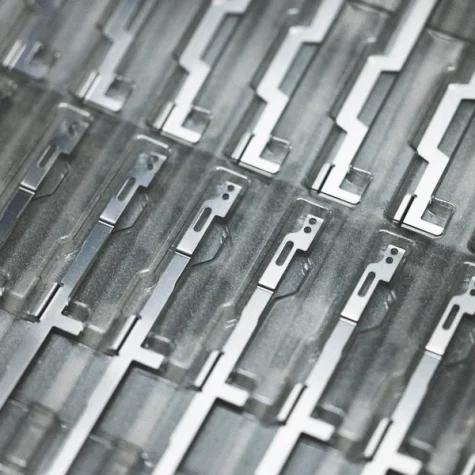
Smarter materials
Finding sustainable components that meet our high standards for performance and reliablity is a complex undertaking. It's work measured in years rather than days, and it relies heavily on building great supplier relationships.
Yet it's critical work if reMarkable technology is to continue becoming more sustainable. Information on our recent work with recycled materials can be found here.
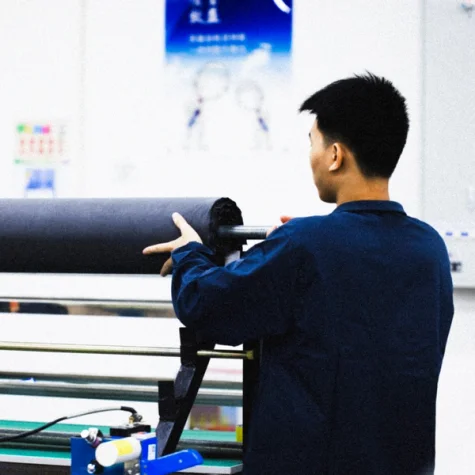
Treating people fairly
While reMarkable is designed in Norway, it’s our supply chain partners throughout the world who manufacture, test, and deliver devices into the hands of our customers.
It’s one thing to say we believe in treating people fairly, but we’d like to go a step further and talk more specifically about the social context of creating technology for better thinking.
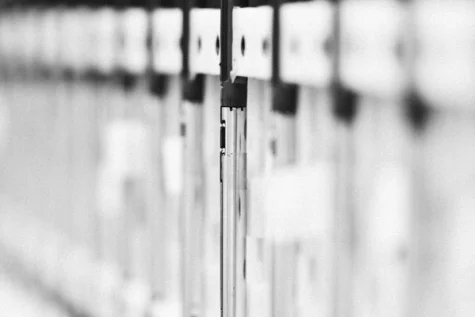
What do you think?
On this page we've gathered some useful snapshots of the discussion so far.
Take a look and let us know what you think.
Sustainability Glossary
Sustainability is an ideal way of operating where development and resource usage are in an "eternal" perspective. Meaning that if you continue to operate in this way for eternity, you will never run out of resources. There are typically three legs of sustaianbiltiy, economical, social and environmental (including climate). All of these resources have to be positive in order for operations to be truely sustainable. This is the basis ideal of sustaianbiltiy collected from the definition of "Sustainable develeopment" according to the Brundland report: development that "meets the needs of the present without compromising the ability of future generations to meet their own needs"
In our current economy, we take materials from the earth, make products from them, and eventually throw them away as waste – the process is linear. In a circular economy, by contrast, we stop waste being produced in the first place. The circular economy allows us to decouple economic activity from the consumption of finite resources. It transforms every element of our take-make-waste system: how we manage resources, how we make and use products, and what we do with the materials afterwards.
Social impact is the effect on people and communities that happens as a result or an action or an inaction, an activity, project, programme or policy.
Greenhouse Gas (GHG) emissions are emissions of gases contributing to climate change through negatively impacting the greenhouse effect. The Kyoto protocol identifies seven GHG gasses:
- carbon dioxide (CO2)
- methane (CH4)
- nitrous oxide (N2O)
- hydrofluorocarbons (HFCs)
- perfluorocarbons (PFCs)
- sulfur hexafluoride (SF6)
- nitrogen trifluoride (NF3)
Global Warming Potential (GWP) is how GHG gases impact the greenhouse effect compared to CO2. The calculation of this is called CO2 equivalent (CO2e) and is used to compare all relevant GHG emissions
Ability of being open and honest about both positive and negative impacts. Relevant information such as targets, actions plans and relevant data is displayed, so that the costumer can make an informed decision
Process of taking back used products from customers, running them though a cleaning and re-packing process before they are used again by a second customer.
Sustainability is an ideal way of operating where development and resource usage are in an "eternal" perspective. Meaning that if you continue to operate in this way for eternity, you will never run out of resources. There are typically three legs of sustaianbiltiy, economical, social and environmental (including climate). All of these resources have to be positive in order for operations to be truely sustainable. This is the basis ideal of sustaianbiltiy collected from the definition of "Sustainable develeopment" according to the Brundland report: development that "meets the needs of the present without compromising the ability of future generations to meet their own needs"
In our current economy, we take materials from the earth, make products from them, and eventually throw them away as waste – the process is linear. In a circular economy, by contrast, we stop waste being produced in the first place. The circular economy allows us to decouple economic activity from the consumption of finite resources. It transforms every element of our take-make-waste system: how we manage resources, how we make and use products, and what we do with the materials afterwards.
Social impact is the effect on people and communities that happens as a result or an action or an inaction, an activity, project, programme or policy.
Greenhouse Gas (GHG) emissions are emissions of gases contributing to climate change through negatively impacting the greenhouse effect. The Kyoto protocol identifies seven GHG gasses:
- carbon dioxide (CO2)
- methane (CH4)
- nitrous oxide (N2O)
- hydrofluorocarbons (HFCs)
- perfluorocarbons (PFCs)
- sulfur hexafluoride (SF6)
- nitrogen trifluoride (NF3)
Global Warming Potential (GWP) is how GHG gases impact the greenhouse effect compared to CO2. The calculation of this is called CO2 equivalent (CO2e) and is used to compare all relevant GHG emissions
Ability of being open and honest about both positive and negative impacts. Relevant information such as targets, actions plans and relevant data is displayed, so that the costumer can make an informed decision
Process of taking back used products from customers, running them though a cleaning and re-packing process before they are used again by a second customer.
The Norwegian Transparency Act shall promote enterprises' respect for fundamental human rights and decent working conditions in connection with the production of goods and the provision of services and ensure the general public access to information regarding how enterprises address adverse impacts on fundamental human rights and decent working conditions.The Act requires companies in scope to carry out due dilligence activities related to fundamental human rights and decent working conditions. Besides the due diligence activities, companies subject to the Act are also required to account for the due diligence in specific ways. In more pracitcal terms, companies in scope of the legislation needs to assess their entire value chain for actual and potential adverse impact on human rights and working conditions. The companies also need to take measeures to cease, prevent or mitigate adverse impacts.
Renewable energy is energy derived from renewable resources that are naturally replenished. Hydro power, wind power, solar power, geothermal heat and some types of bioenergy are examplese of renewable energy. Non-renewable energy would typoically be fossil based energy, such as oil, coal, Petrol gas.
A carbon footprint is the total GHG emissions caused by an individual, event, organization, service, place or product, expressed as carbon dioxide equivalent (CO2e).
A carbon offset broadly refers to a reduction in GHG emissions, or an increase in carbon storage, that is used to compensate for emissions that occur elsewhere. The key concept is that offset are used to convey a net climate benefit from one entity to another. Because GHGs mix globally in the atmosphere, it does not matter where exactly they are reduced.
A net zero organization means that you drastically reduce your greenhouse gas emissions from scope 1, 2 and 3. The idea is to get close to zero, while offsetting residual emissions (those you really can’t avoid, without interfering with your business). The actual reductions in Scopes 1 and 2 have to be minimum 50% by 2030 and 90-95% by 2050 for a company to claim to be Net Zero. The company must have annual plans on how to reduce their actual emissions in line with the requirements, and conduct measures in due time if goals are not reached. The Science Based Targets (SBTi) Net-Zero Standard is an globally acknowledged standard for achieving net-zero.
We can distinguishe between 3 scopes to which emissions can be allocated.Scope 1 emissions are direct greenhouse (GHG) emissions that occur from sources that are controlled or owned by an organization (e.g., emissions associated with fuel combustion in boilers, furnaces, vehicles).Scope 2 emissions are indirect GHG emissions associated with the purchase of electricity, steam, heat, or cooling. Although scope 2 emissions physically occur at the facility where they are generated, they are accounted for in an organization’s GHG inventory because they are a result of the organization’s energy use.Scope 3 emissions are the result of activities from assets not owned or controlled by the reporting organization, but that the organization indirectly impacts in its value chain.
The Norwegian Transparency Act shall promote enterprises' respect for fundamental human rights and decent working conditions in connection with the production of goods and the provision of services and ensure the general public access to information regarding how enterprises address adverse impacts on fundamental human rights and decent working conditions.The Act requires companies in scope to carry out due dilligence activities related to fundamental human rights and decent working conditions. Besides the due diligence activities, companies subject to the Act are also required to account for the due diligence in specific ways. In more pracitcal terms, companies in scope of the legislation needs to assess their entire value chain for actual and potential adverse impact on human rights and working conditions. The companies also need to take measeures to cease, prevent or mitigate adverse impacts.
Renewable energy is energy derived from renewable resources that are naturally replenished. Hydro power, wind power, solar power, geothermal heat and some types of bioenergy are examplese of renewable energy. Non-renewable energy would typoically be fossil based energy, such as oil, coal, Petrol gas.
A carbon footprint is the total GHG emissions caused by an individual, event, organization, service, place or product, expressed as carbon dioxide equivalent (CO2e).
A carbon offset broadly refers to a reduction in GHG emissions, or an increase in carbon storage, that is used to compensate for emissions that occur elsewhere. The key concept is that offset are used to convey a net climate benefit from one entity to another. Because GHGs mix globally in the atmosphere, it does not matter where exactly they are reduced.
A net zero organization means that you drastically reduce your greenhouse gas emissions from scope 1, 2 and 3. The idea is to get close to zero, while offsetting residual emissions (those you really can’t avoid, without interfering with your business). The actual reductions in Scopes 1 and 2 have to be minimum 50% by 2030 and 90-95% by 2050 for a company to claim to be Net Zero. The company must have annual plans on how to reduce their actual emissions in line with the requirements, and conduct measures in due time if goals are not reached. The Science Based Targets (SBTi) Net-Zero Standard is an globally acknowledged standard for achieving net-zero.
We can distinguishe between 3 scopes to which emissions can be allocated.Scope 1 emissions are direct greenhouse (GHG) emissions that occur from sources that are controlled or owned by an organization (e.g., emissions associated with fuel combustion in boilers, furnaces, vehicles).Scope 2 emissions are indirect GHG emissions associated with the purchase of electricity, steam, heat, or cooling. Although scope 2 emissions physically occur at the facility where they are generated, they are accounted for in an organization’s GHG inventory because they are a result of the organization’s energy use.Scope 3 emissions are the result of activities from assets not owned or controlled by the reporting organization, but that the organization indirectly impacts in its value chain.
Tell us what you think
We’d love some input.
Your feedback can really help us develop how we talk about sustainability.

Meet our
paper tablets
Ready to trade distractions for deep work? Find out which paper tablet is right for you.